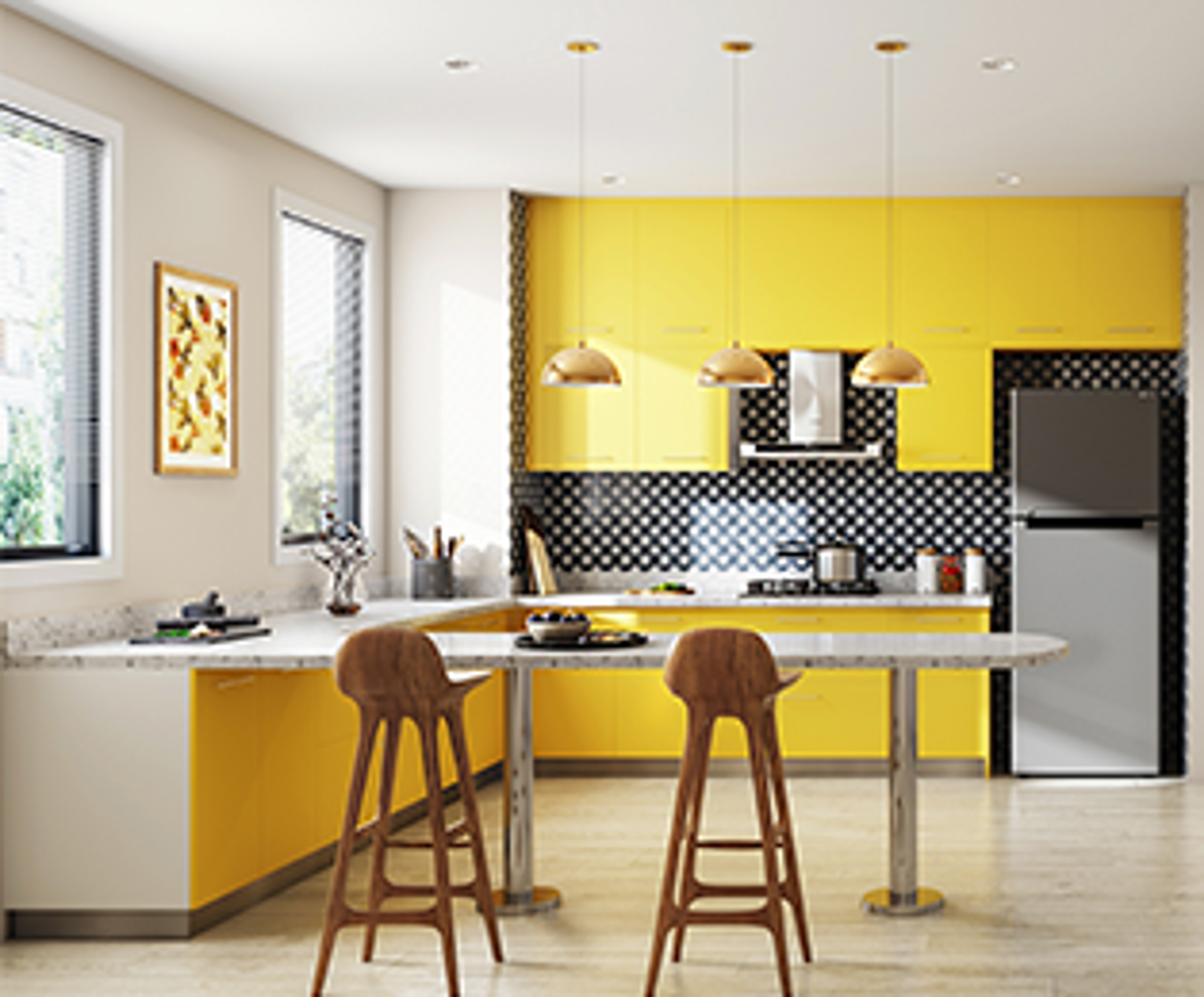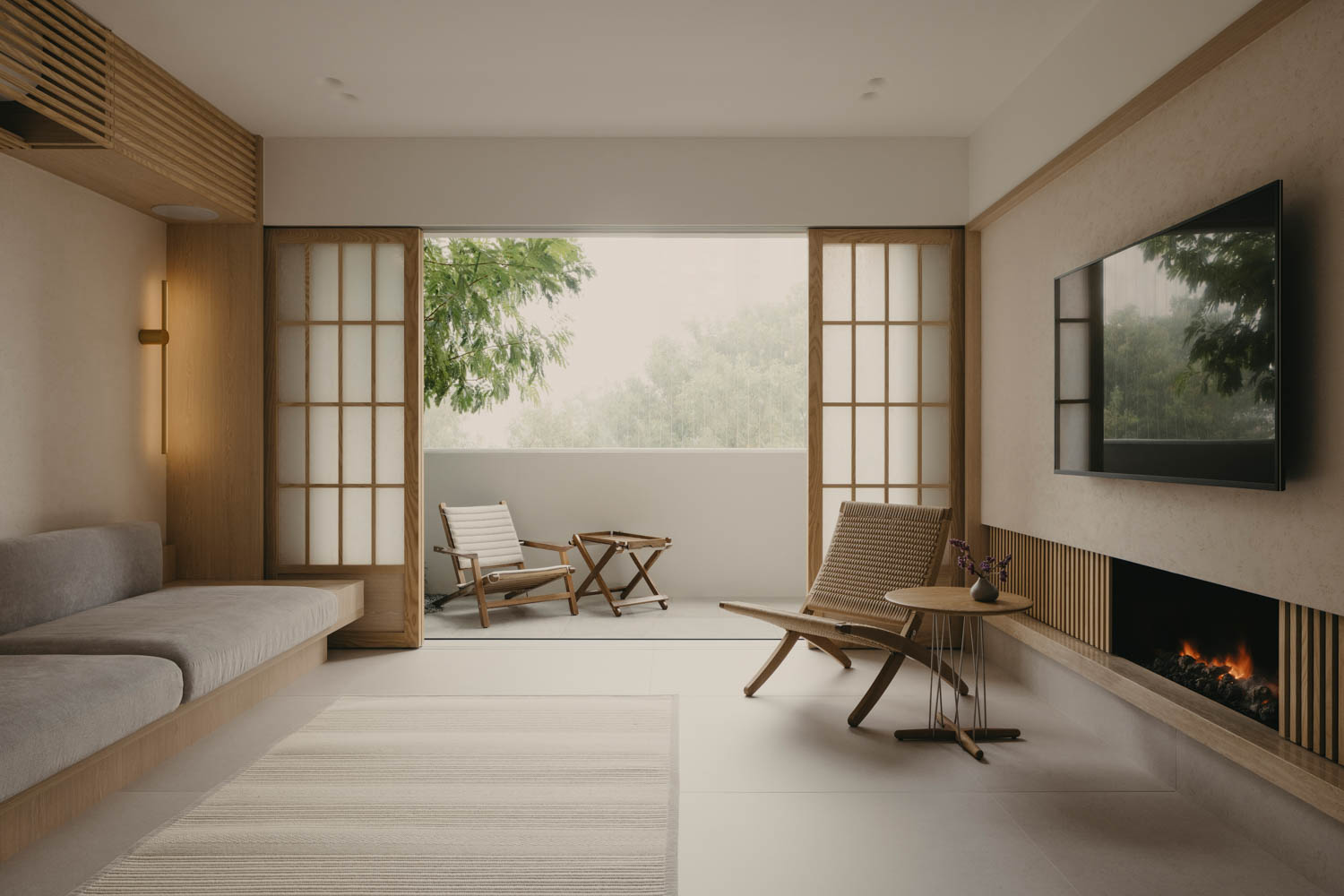Renowned Architecture Firm specializing in modern structures.
Transform Your Home With Vital Principles of Interior Decoration and Appearances
The art of transforming your home via the important concepts of interior decoration and appearance requires a thoughtful approach that balances color, equilibrium, and spatial recognition. By understanding the effect of shade theory and the significance of texture and patterns, one can create areas that are not just visually appealing but likewise deeply personal. Accomplishing this balance involves even more than mere design; it incorporates a calculated arrangement and an eager understanding of how each element engages within an area. As we check out these foundational ideas, think about how they may redefine your understanding of home and individual expression.
Comprehending Shade Concept
Understanding the concepts of color concept enables designers to create spaces that reverberate psychologically with residents while fulfilling useful demands. Each group plays a crucial duty in developing harmony within an area.
The mental influence of shades is profound; warm shades such as reds and oranges evoke power and warmth, while amazing tones like blues and eco-friendlies advertise calmness and peace. The usage of corresponding shades improves visual passion, producing striking contrasts that can elevate a room's charm.
Neutral colors, on the various other hand, function as a functional backdrop, permitting various other style components to shine. It is vital to take into consideration aspects such as lights and the room's objective when selecting a color scheme, as these can modify the perception of colors throughout the day.
Ultimately, a well-considered color pattern can transform an area, cultivating a sense of convenience and style that lines up with the occupants' choices. Proficiency of color theory is, for that reason, a crucial skill for any type of interior designer intending to develop unified and welcoming atmospheres.
Attaining Equilibrium in Layout
How can designers accomplish a sense of stability in their spaces? Attaining equilibrium in style is essential to creating harmonious interiors. Designers can utilize 3 key sorts of equilibrium: balanced, asymmetrical, and radial. In proportion balance entails organizing aspects evenly around a central factor, fostering a sense of order and harmony. This type commonly includes pairs of furniture or artwork, enhancing aesthetic security.
Asymmetrical equilibrium, on the various other hand, depends on differing elements that still accomplish a cohesive appearance. This approach permits for more dynamic and informal plans, giving rate of interest while maintaining balance. By meticulously selecting varying sizes, shades, and appearances, designers can produce an aesthetically compelling room that really feels well balanced yet energised.
Radial balance stresses a main prime focus with components radiating outward. This design is typically seen in round designs, where furnishings and style create a cohesive surround that attracts the eye inward.
Eventually, achieving balance calls for thoughtful factor to consider of range, percentage, and the partnerships between components. miami interior design. By skillfully using these balance concepts, developers can change rooms right into environments that really feel both cosmetically pleasing and functionally unified, improving the total experience for residents
Significance of Spatial Awareness

An eager sense of spatial recognition permits developers to determine centerpieces within an area, directing the audience's attention to key features while keeping a general feeling of unity. It additionally assists in the tactical placement of illumination, which can drastically influence the understanding of room and mood. Understanding spatial partnerships enables the developer to cater to the particular demands of residents, guaranteeing that each area serves its desired function without endangering aesthetic appeals.
Ultimately, spatial awareness is crucial for making best use of the potential of any kind of interior area. By very carefully thinking about the interplay in between dimensions, design, and function, designers can create settings that not just fulfill useful requirements but also evoke Read Full Report a sense of comfort and beauty, boosting the overall living experience.
Including Appearance and Patterns
Embracing a diverse array of appearances and patterns can dramatically improve the aesthetic and tactile appeal of an interior room. The critical usage of various products-- such as wood, metal, material, and stone-- creates depth and interest, making a space feel a lot more inviting and vibrant. Combining smooth surfaces with rough structures can establish a balance that attracts the eye and involves the senses.
When integrating patterns, take into consideration both range and rep. Large patterns can act as focal factors, while smaller sized, refined styles can enhance various other aspects without frustrating the area. Layering look here patterns, such as pairing floral cushions with striped tosses, includes complexity and a sense of harmony if performed thoughtfully.
It is additionally essential to keep a cohesive shade palette, guaranteeing that textures and patterns interact as opposed to complete for focus. By choosing a few vital appearances and patterns, you can produce a combined visual that shows your individual design while boosting the overall setting of the area. Inevitably, the mindful consolidation of these components can transform an ordinary area right into a sophisticated environment abundant with personality and warmth.
Personalizing Your Area
Developing an area that mirrors your character is essential to achieving an absolutely inviting atmosphere. Customization in interior decoration permits you to instill your one-of-a-kind design and rate of interests right into your home, transforming it from a simple shelter into a haven that speaks with who you are. Begin by selecting a color combination that resonates with your emotions-- bold hues can invigorate, while soft tones provide serenity.
Include artwork and decoration that show your passions, whether it be traveling, nature, or abstract concepts. Displaying individual collections, such as books, photographs, or mementos, can stimulate treasured memories and develop focal factors within a room. Furthermore, think about tailoring practical pieces, like upholstered furnishings, to line up with your aesthetic preferences.

Final Thought
In final thought, the transformation of a home via the essential principles of interior decoration and looks requires an extensive understanding of shade concept, equilibrium, spatial recognition, texture, and customization. Each element adds substantially to developing an unified and functional living see this atmosphere - luxury interior design. By attentively integrating these concepts, individuals can enhance the aesthetic charm and psychological resonance of their spaces, inevitably cultivating a home that shows distinct identifications while supplying comfort and usefulness